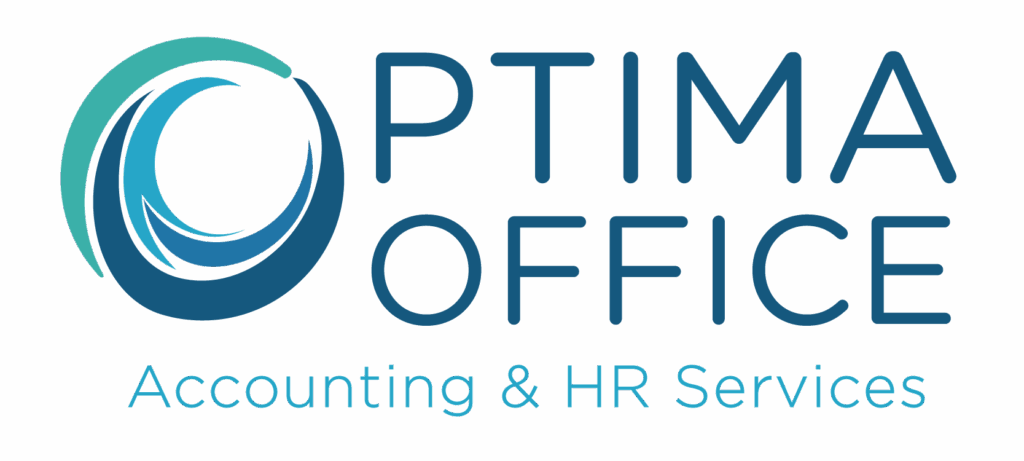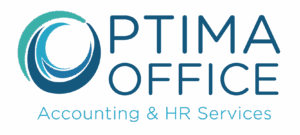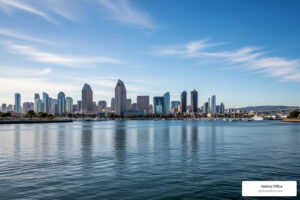Personalization at Scale
In recent years, the line between departments once thought to be oil and water—Human Resources and Marketing—has started to blur in all the right ways.
What used to be a clear divide between internal and external messaging has become a compelling intersection of strategy, technology, and human behavior.
The tactics used to attract, engage, and retain customers are now inspiring how companies recruit, develop, and communicate with their employees. This isn’t just a fad—it’s a shift that reflects how workforces expect more relevant, real-time, and personalized experiences, just like consumers do.
The Employee Experience as a Journey, Not a Timeline
Think of your employees less like cogs in a machine and more like travelers on a path—and HR as the guide holding the map.
Borrowing from customer journey mapping, a method marketers have long used to understand and influence behavior, HR can chart the stages of an employee’s lifecycle from onboarding to exit with the same nuance.
Instead of one-size-fits-all touchpoints, you’re layering moments that matter based on:
- Roles
- Locations
- Ambitions
- Feedback
This method reveals not just where people are in their careers, but what they need most in each moment—whether that’s upskilling, mentoring, or simply a well-timed recognition message.
Segmentation Isn’t Just for Customers
In marketing, audience segmentation is foundational. You don’t send the same message to a retiree that you send to a college freshman.
So why blast the same employee memo to a software engineer, a warehouse supervisor, and a graphic designer?
HR teams that break down their workforces into meaningful segments—by behavior, tenure, department, or even preferred communication channels—can start delivering more resonant messages.
Use Real-Time Data to Speak With, Not at, Employees
Real-time communication isn’t just a marketing advantage, it’s becoming a workplace necessity.
With the right infrastructure in place, HR can move from reactive updates to predictive engagement using tools inspired by the customer data platform model.
Just like a CDP unifies fragmented consumer data, HR can unify workforce data to deliver:
- Timely nudges
- Training suggestions
- Morale boosters at moments that matter
Personalization Isn’t a Buzzword, It’s a Baseline
Employees have been conditioned by the apps they use every day—Spotify, Instagram, DoorDash—to expect a tailored experience.
When HR runs mass emails with generic headers or one-off surveys that vanish into the ether, it’s more than inefficient—it’s disengaging.
Personalized employee experiences start by understanding context:
- Who someone is
- What they do
- What they’ve been through
- What they might need next
The same way a music app curates a Monday playlist, HR systems can suggest relevant trainings, benefits, and resources before someone even asks for them.
Recruitment That Feels Relevant
Job seekers are behaving more like shoppers these days. They browse, they skim, they click away in seconds if they don’t see something that speaks to them. That means career sites should feel more like dynamic landing pages—segmented, personalized, and easy to navigate.
If a cybersecurity professional visits your careers page, highlight cybersecurity roles instead of burying them among unrelated listings.
Feedback Loops That Don’t Feel Like Forms
A powerful practice to borrow from business strategy is the ongoing loop of testing, feedback, and iteration.
Instead of relying on static surveys, HR can:
- A/B test benefit emails to see which gets more clicks
- Try different Slack reminders for a wellness challenge
- Refine tone and calls-to-action based on real engagement
By experimenting in small, measurable ways, HR teams can continuously refine how they connect with their people.
Culture Isn’t Built, It’s Experienced
There’s a temptation in HR to think of “culture” as something you define in a slide deck. But in reality, people don’t experience culture in statements—they experience it in moments.
A personalized welcome message on Day One, a check-in after a rough quarter, a learning path that evolves with someone’s goals—these are the touchpoints where culture is felt. It’s not about slogans; it’s about signals.
The Future of HR Personalization
HR and business strategy may sit on different ends of the org chart, but the walls between them are coming down fast.
The tools, tactics, and mindset that have long powered customer loyalty are now being reimagined to support and engage employees.
When HR borrows not just the technology, but the intentionality behind it, the result is deeper than better emails or slicker onboarding flows.
It’s about treating employees like individuals in motion—each on their own journey, each deserving of personalized attention at scale.




